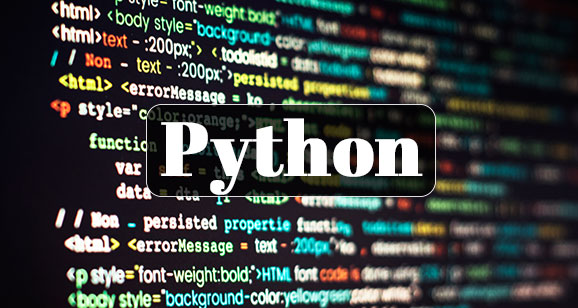Scala – Data types and operators
Guide to Data Types in Scala
Data Types
1. Byte: It is an 8 bit signed value.
2. Short: It is a 16 bit signed value.
3. Int: It is a 32 bit signed value.
4. Long: It is a 64 bit signed value.
5. Float: It can store 32 bit of data
6. Double: It can store 64 bit of data
7. Char: It is a 16 bit unsigned Unicode character.
8. String: It is a sequence of Chars
9. Boolean: It holds either of these values the literal true or the literal false
10. Null: It holds empty reference or null
12. Nothing: It is the subtype of every other data type which includes no values
13. Any: It is the super type of any type where any object is of type Any
14. AnyRef: It is the super type of any reference type No.
Operators
An operator is a symbol that instructs the compiler to perform any mathematical or logical manipulations. Scala is rich in built-in operators and different types of operators are:
- Arithmetic Operators
- Relational Operators
- Logical Operators
- Bitwise Operators
- Assignment Operators
Arithmetic Operators
The following are the arithmetic operators supported by Scala language.
| Operator | Description |
| + | Adds two operands |
| – | Subtracts second operand from the first |
| * | Multiplies both the operands |
| / | Divides numerator by de-numerator |
| % | Modulus operator finds the remainder after division of one number by another |
For example, if variables A=6 and B=16, then
Relational Operators
The following are the relational operators supported by Scala language.
| Operator | Description |
| == | Checks if the values of two operands are equal or not, if yes then condition becomes true else False. |
| != | Checks if the values of two operands are equal or not, if values are not equal then condition becomes true else False. |
| > | Checks if the value of left operand is greater than the value of right operand, if yes then condition becomes true. |
| < | Checks if the value of left operand is less than the value of right operand, if yes then condition becomes true. |
| >= | Checks if the value of left operand is greater than or equal to the value of right operand, if yes then condition becomes true. |
| <= | Checks if the value of left operand is less than or equal to the value of right operand, if yes then condition becomes true. |
For example, if variables A=6 and B=16, then
Logical Operators
The following logical operators are supported by Scala language.
| Operator | Description |
| && | It is called Logical AND operator. If both the operands are non-zero then condition becomes true. |
| || | It is called Logical OR Operator. If any of the two operands is non zero then condition becomes true. |
| ! | It is called Logical NOT Operator. Use to reverses the logical state of its operand. If a condition is true then Logical NOT operator will make false. |
For example, if variables b1=true and b2=false, then
Prog1. Define 1 to natural numbers and sum them.
Prog2. Define 50 numbers which should start from 0 and find out only odd numbers. Then multiply all odd numbers with 2 and sum all of them.






